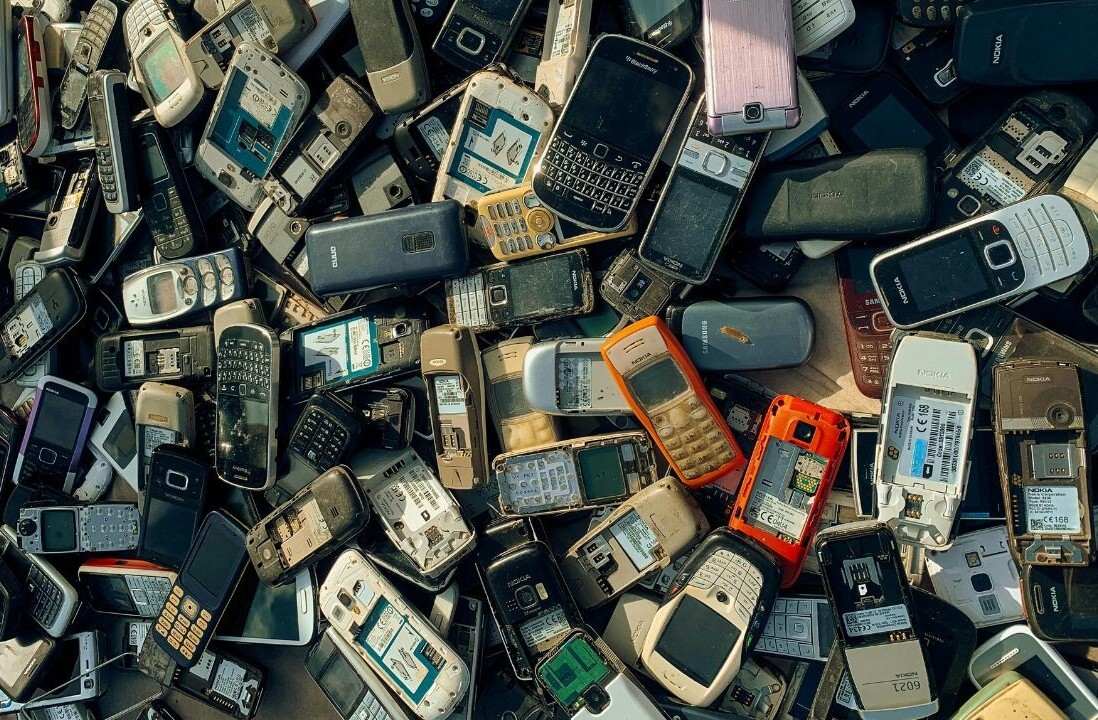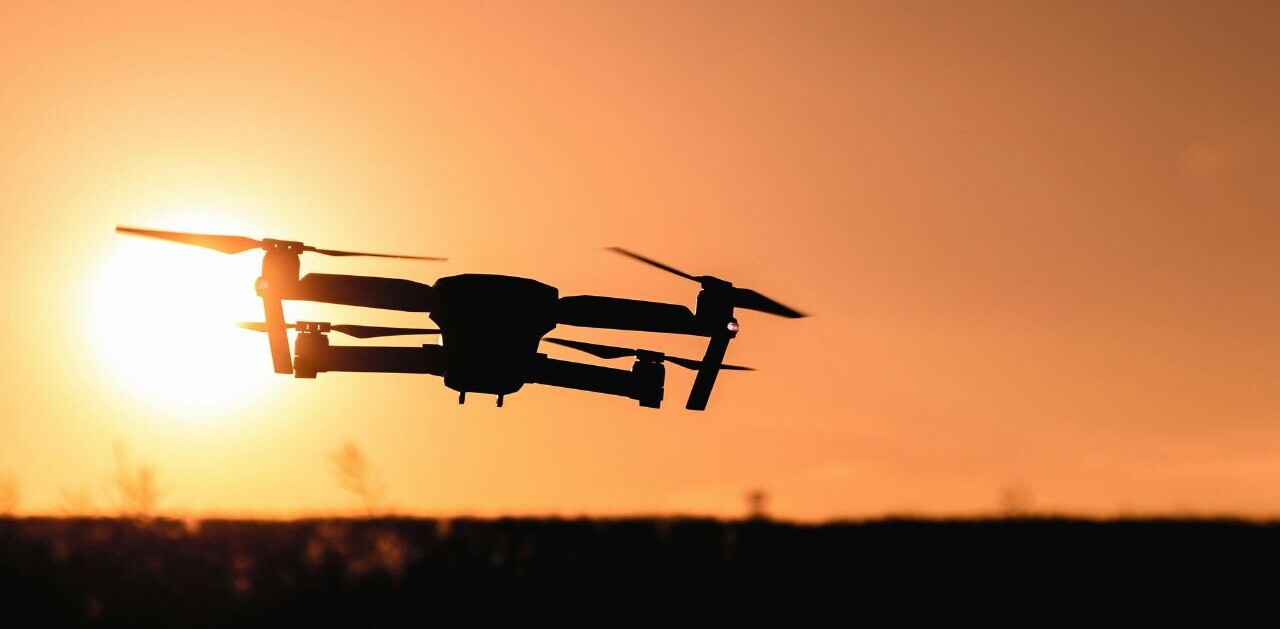
Yesterday Ernst-Jan Pfauth wrote a story about the use of 2D barcodes as shortcuts to mobile web sites. What a lot of people in Europe don’t realize is that 2D barcodes are already a success story, … just not in Europe.
In Japan a local version of the 2D barcode called QR Codes (Quick Response Codes) has widespread acceptance and a very large user base. All handsets released on the Japanese market these days (and actually for the last several years) have been preloaded with a QR code reader. This makes the QRcodes available to pretty much everyone with a standard handset. The numbers are somewhere around 90-95 million people out of 100 million mobile subscribers. That is a pretty large potential audience for the technology.
[ UPDATE: previously I used some old research data for some of the numbers. The reality now is actually a much better percentage and I have changed the numbers below accordingly based on a 2007 study]
In Japan about 80% 95% of people know what a QRcode does and just over 50% of people in Japan 93% of those people have used them. That may not sound like a screaming majority That is a pretty good majority, but and in terms of certain youth markets, that covers an almost complete coverage and puts the technology in a position where it can be a seamless part of any ad campaign already…. and actually it is already a part of just about every ad campaign.
A standard fashion magazine in Japan will be filled with codes with direct links to the mobile shopping page for the product depicted or an mobile competition form to fill out. The also are found on business cards as a short cut to add someones details to your address book. You can search popular coupon magazine, Hot Pepper, for QR codes you can scan and then show the resulting mobile web site page at restaurant to receive a discount. The system is everywhere and highly successful.
There is even one famous blog that is made entirely of QR code messages.
What many don’t realize is that 2D barcodes have not necessarily been a failure so far because it is a flawed technology, but because the supporting technology (the handset) was not up to scratch and the user base was too small. The biggest difference between Japanese mobile handsets and the European handsets over the past few years has been the camera support and the resolution of those cameras in macro mode. A phone in Europe with a camera is still considered a “camera phone”, whereas in Japan it would be highly unusual to have a phone without a camera as standard sold to you any time in the last 5 years. I have lived in Japan for 6 years now and have never had a phone without a camera and have never had a phone without a QRcode reader.
More recently it seems Windows Live is getting on the QRcode bandwagon (although their official beta page for barcodes seems to have gone offline).
Some of the benefits of QR Codes over other 2D Code systems are the ability to self correct if up to 30% of the code is damaged or otherwise illegible, the ability to use more than the standard alpha-numeric characters (in Japan the JIS character support allows Japanese characters to be encoded) and the ability to read the code from any orientation due to the registration marks that let a reader self correct. The code was invented and the patent is owned by a company called Denso-wave back in 1994, but they are choosing not to exercise their patent rights which means everyone is free to use and make QRCodes as they wish.
On a related note, on a recent trip to London I noticed QR codes on some posters for a Pet Shop Boys album. After getting over my excitement that Europe had finally come t the party I tried out scanning the codes with my Japanese phone, only to be disappointed to find that the content was PC website URLs and nothing made for mobile at all. Such a disappointment, although I daresay the publicity should help the recognition of the code format in Europe a considerable amount.
Get the TNW newsletter
Get the most important tech news in your inbox each week.






